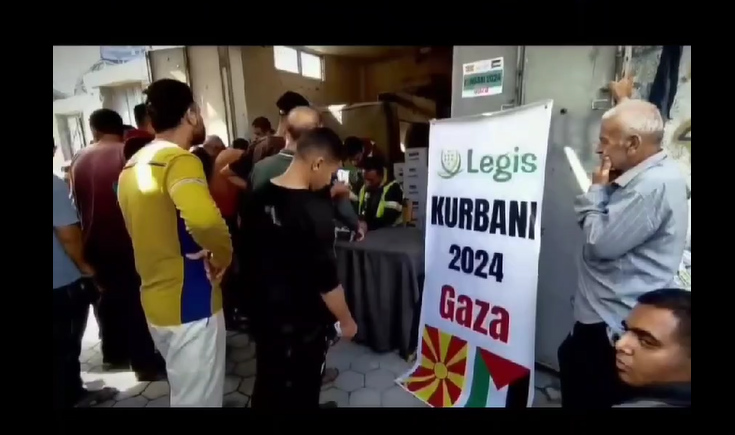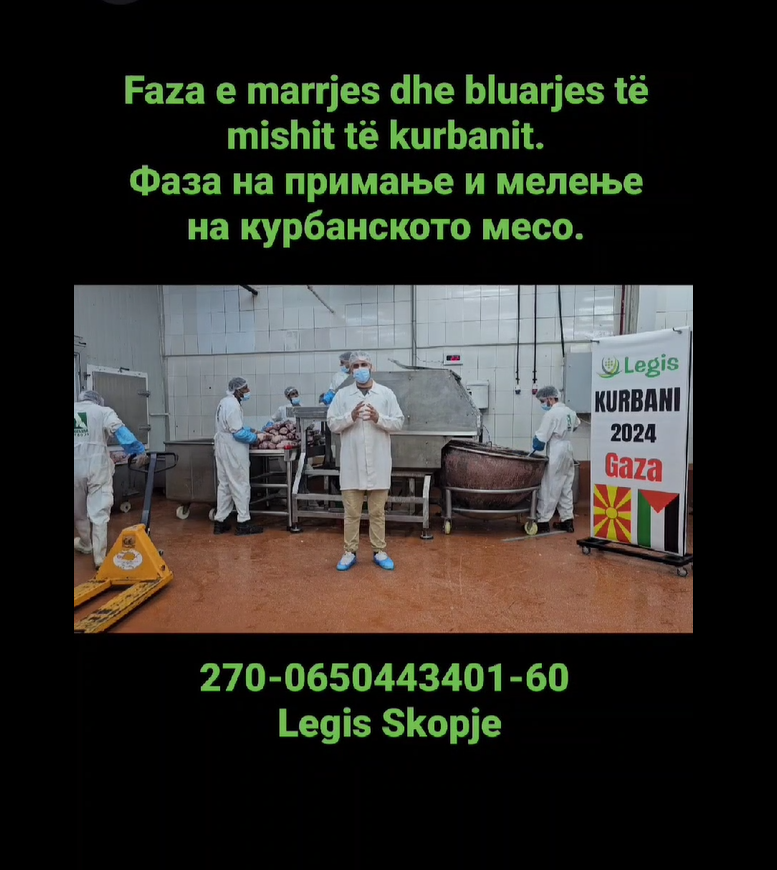The European Commission’s green light for Croatia to enter Schengen might as well be a green light for human rights violations and violence at Croatian border.

The European Commission’s green light for Croatia to enter Schengen might as well be a green light for human rights violations and violence at Croatian border.
“The Commission has been actively supporting Croatian efforts to ensure full respect of fundamental rights at the border”, stated the Commission in its “Communication on the verification of the full application of the Schengen acquis by Croatia”. This was regarding the protection of human rights of asylum seekers and other migrants, and the allegations of denial of access to the asylum procedure and of use of force by law enforcement officials at the border. They concluded that Croatia fulfilled all the obligations – including respect for human rights?
Really? Even if EU institutions decide to ignore all the human rights defenders: civil society organisations, institutions such as the Ombudsperson's Office, international governmental and non-governmental actors (UN Special Rapporteur on the human rights of migrants, Council of Europe Commissioner for Human Rights, Human Rights Watch, Amnesty International, Medecins Sans Frontieres) there is at least one statement that must worry us all.
Not so long ago, in summer 2019, the President of Croatia said in an interview for a Swiss tv station:
“I have spoken with the interior minister, the chief of police and officers on the ground, and they assured me they have not been using excessive force. Of course, a little bit of force is needed when pushing people back”.
To be sure, soon after, the President tried to explain this was taken out of context. But actually, this was the missing piece in a puzzle that human rights defenders, migrants and refugees have been trying to complete for several years: Croatian institutions are violating international and national law, and they misinterpret the law and its terms.
Violent pushback
For years, Croatian police used the term ‘discouragement’ for the action of pushback of migrants, but the line between discouraging someone’s entrance into the country and returning people that have asked for asylum in Croatia to neighbouring countries is pretty clear: the first is in accordance with the Schengen Border Code, and the second is illegal.
Those illegal and often violent police practices towards refugees and migrants trying to enter Croatia across borders with Serbia and Bosnia and Herzegovina deny them access to the international protection provisions made in international, EU and national law. International protection procedures for asylum seekers are not only inefficient but also completely inaccessible in most of cases. This is because of the violent pushbacks that the police carry out. This is not a matter of isolated incidents of a police officer breaching his/her authority, but part of a planned, continuous and systematic attack directed against migrants and refugees. These amount to systemic torture and degrading treatment, a form of treatment that has been well documented over the past three years. The most devastating instance known to the public was the tragic death of a six-year old Afghan girl who was hit by a train in November 2017, right after the authorities illegally pushed her and her family back and forced them to walk along the train tracks to Serbia. This case, M.H. and others v. Croatia, is pending before the European Court of Human Rights.
Activists and volunteers in the Border Violence Monitoring Network present in the border areas in Serbia and Bosnia and Herzegovina are collecting testimonies from refugees and migrants, and publishing reports which describe these planned, structural, intentional and illegal actions of the police. The systematic violations include blocking access to international protection by denying people entry to the territory of the Republic of Croatia and pushing them back to the neighboring countries without any established procedure and often using force and violence.
However, even a letter by anonymous police officers who have confirmed from their own experience the illegal practice going on has been published without any response. This lack of investigation, the shut-down of national institutions, and the creation of bans on monitoring mechanisms all add further confirmation that these are systematic and coordinated attacks.
The Schengen Code
How can Croatia be a member of Schengen while continuously, systematically and (after the many warnings we can attest to) knowingly violating the Schengen Border Code?
Article 4 of the Schengen Border Code imposes on all parties full respect for the Charter of Fundamental Rights as well as relevant law, including the Geneva Convention and in particular the principle of non-refoulement. Moreover, article 13 of the Code specifies that border surveillance should be subject to procedures and safeguards set by the EU Returns Directive 2008/115/EC. However, the Republic of Croatia is not providing a fair and efficient asylum system, which fully respects the principle of non-refoulement (Article 5 of the Directive). Furthermore, third-country nationals, who are detained by the police, are not treated in a humane and dignified manner with respect for their fundamental rights and in compliance with international and national law. Finally, police conduct amounts to torture and ill-treatment and violates Article 3 of the Convention for the Protection of Human Rights and Fundamental Freedoms.
For these reasons, there were two decisions that prevented returns to Croatia under the Dublin Agreement. The Court of Genova of 19 March 2019 suspended a Dublin transfer to Croatia. The Federal Administrative Court of Switzerland, 12 July 2019, ruled to suspend the transfer of an asylum applicant to Croatia under Dublin terms, due to summary returns.
What further evidence is the Commission asking for in its mission to find evidence to confirm or discard allegations of violence at the Croatian border? Or do they pretend not to see them?
Big words
The European union is still hiding behind big words of solidarity, and trying to convey the impression of its role as that of a human rights advocate. The Commission emphasises the fact that they have invested in a monitoring mechanism to ensure that border control activities by Croatian border guard officers remain fully compliant with the EU law, international obligations and with the respect of fundamental rights and the rights resulting from the EU asylum acquis, including the principle of non-refoulement.
However, at the same time, the monitoring activities of the Ombudsperson's Office have been disabled with regard to the treatment of migrants. The Croatian police have always issues blanket denials – “there is no evidence of this kind of violations.” But, for instance, footage from the thermo-vision camera that could shed light on the case, mentioned above, of the six-year-old girl who died on the border has just been erased due to “technical difficulties”, and other footage that the Croatian Ombudsperson asked for was also erased. The systematic nature of these violations is indicative of the total absence of any efficient monitoring mechanism of police conduct, and intentional bans and obstacles in the operations of the National Preventive Mechanism, carried out by the Ombudsperson’s office.
It is clear that protection of European borders happens at the expense of the violation of human rights and that Croatia isn’t the only country perpetrating illegal expulsions. It is the responsibility of the EU to deal with migration responsibly, respecting the right to asylum, respecting human rights, providing legal and safe pathways for people on the move.
That is why Croatia’s Schengen membership is and must be conditional on an immediate end to the Croatian Government’s illegal and violent pushback of migrants. Such practices at the soon-to-become Schengen border not only directly violate provisions of the Schengen Border Code, but represent a violation of international and EU law, including the Geneva Convention on the Status of Refugees. It goes against the core values that the EU claims to be based on, and that EU institutions are mandated to defend.
Source: opendemocracy




